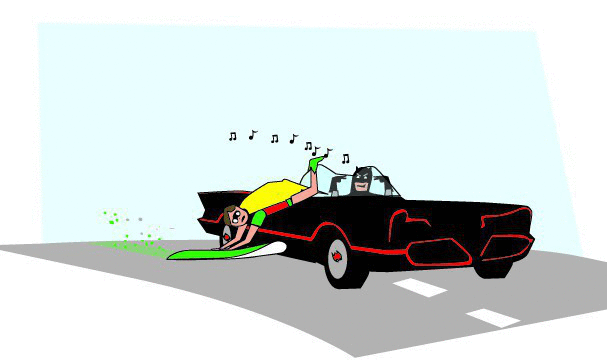




Barn, very entertaining.
By deduction, it looks like you are arguing that total vertical aerodynamic lift is insignificant (15% of weight and all from the rig?), and that the rest of the weight is on the tail of the board.
This is probably close to the case for your sailing experience. ![]()
Your analysis completely ignores the effect of nose aerodynamics when flying the fin.
Some homework for you: typical GPS proven case of board speed = 30kts, wind speed = 20kts at 90 degrees of direction of travel. Board length 240, 40cm in the water, the rest in air feeling the apparent wind. Mean width of 55cm. AOA of 5 deg (combination of rocker and board cant). Assume camber is ~0 since the deck and bottom are both essentially flat. Treat it as an oblique wing in heavy ground effect so its actually very efficient due to the vortex lift. Surprised? The number I get is already much bigger than your 15%. Then take that number and see how it is balanced by rig pressure. And then you will see that the rig is actually generating a lot of vertical lift too...
Mythbusters experiment:
Stick your board out the car at 60 to 70kph near the ground, and tilt it up at 3-4 degrees (the magic carpet angle). Can you hold it with down with your hands at its Lifting Centre, without having to do a handstand out of the car?
I will buy you a superman t-shirt if you can... ![]()
Search "deadrise angle and planing" for an interesting read ![]()
Mainly power boats, but I seem to remember the US Navy spent millions researching the ideal angle of planing for smooth water and came up with a magic number. Dunno how, as there are a lot of parameters to consider & influence outcome.
It was about 7-10 degrees.
Compare with photos of boards at speed in smooth water ![]() [}:)]
[}:)]
Anita, O Ye of Little Faith![]()

barn said...
(I don't yet see why getting lift from the air is better than getting lift from the water?)
Planing sections have ~1/3 to 1/2 the lift/drag ratio of a section that has both sides producing lift
In true Mythbuster logic, I ran a simulation of the car experiment and found some points that raise some issues in this current OH&S climate..
Here is the simulation... (you can tell I'm good at getting sidetracked from my Homework)

So I have devised a more practical experiment, using a sheet of plywood on the roof to raise the ground effect zone into the clean air above the Barnmobile.. The board is hinged at 40cm to simulate contact with the water, and some weights can be hung from the mast track 'zone', this will measure the lift.
It may also be necessary to measure the lift at the hinge, but will assess that later.

Are there are any queries in this experiment design? As I have all this junk under the shed..

You only annoyed me when trying to work out your tracks, they were full of spikes from all that flicky spinny stuff down the course.![]()
The two hook dude was Amac ![]()
Its an interesting discussion Barn. Just remember any pract tests with the car will have to take the disturbed air flow into account.
My money is still of Slowly ![]() as some skills just carn,t be explained by science.
as some skills just carn,t be explained by science.



Love the Debate with Slowy and Barn.
Hey Barn, ever considered asking Julia for a job on her team? I reckon they could do with someone like you. ![]()
Loved the batmobile demonstration too.